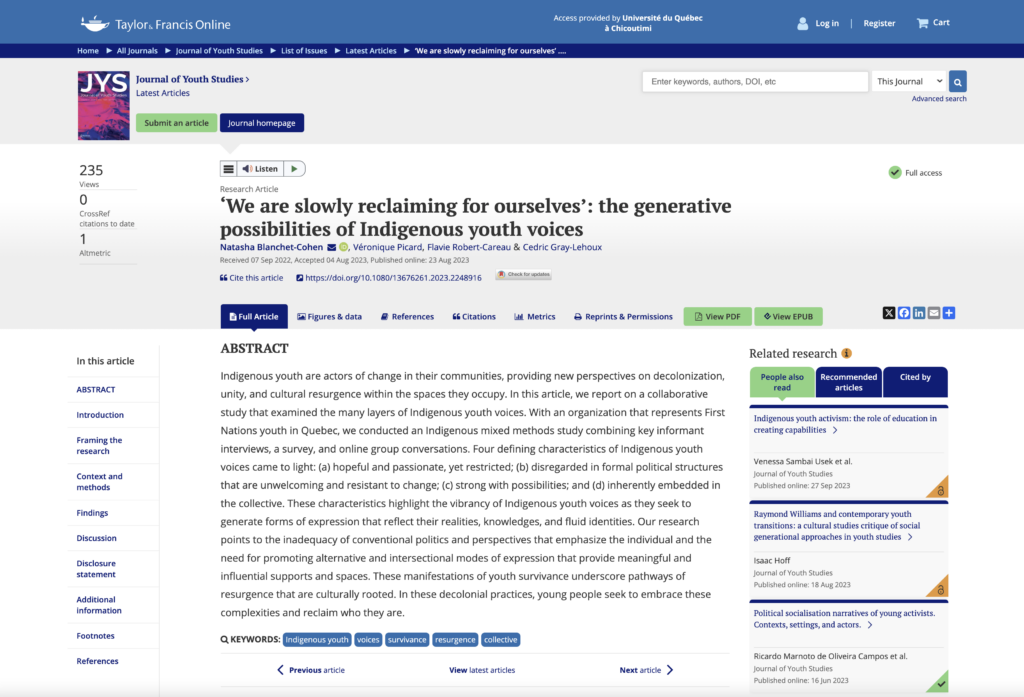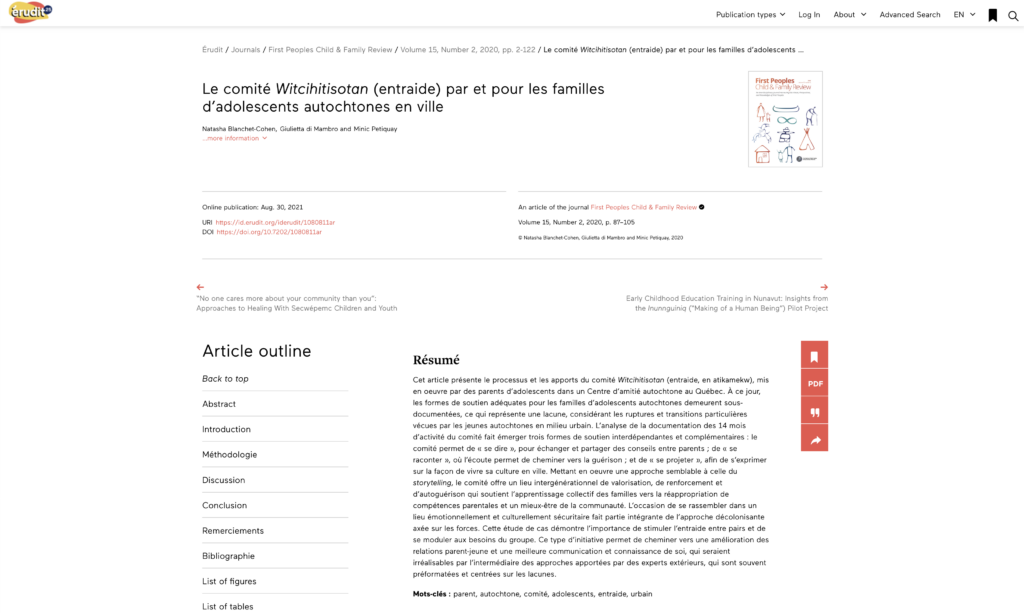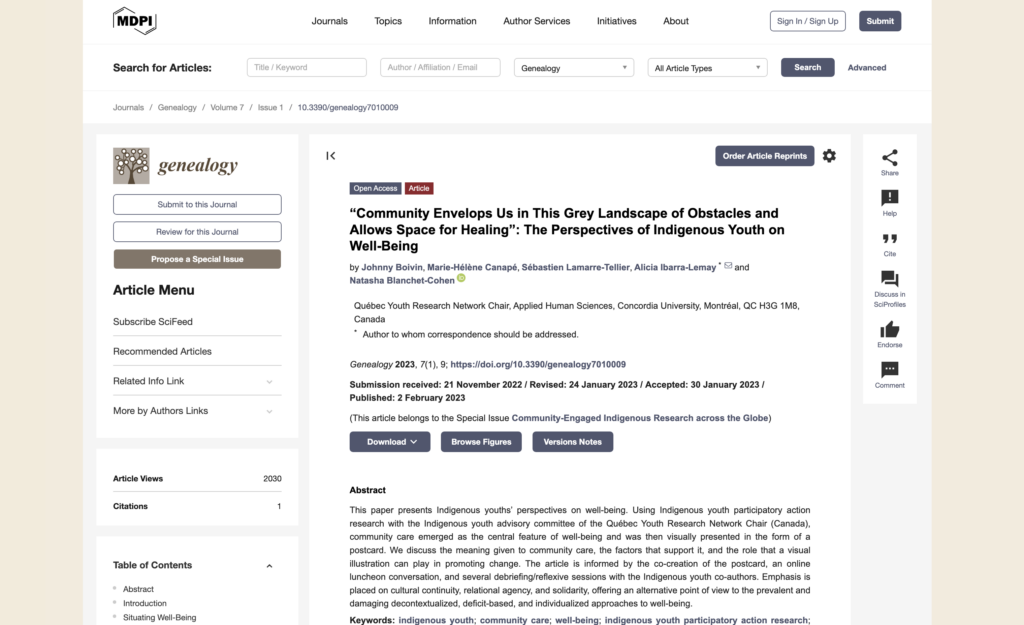Notice bibliographique
Josaphat, K., Guimarães, R., Reid, R., Henderson, M., Barnett, T. et Mathieu, M. (2020). Reduction in ambulatory distance from childhood through adolescence: The impact of the number and length of steps. Journal of Exercise Science & Fitness, 19(1), 66-70.
Résumé
Background : The aim of this study was to explore the relationship between ambulatory distance with steps/day and increased step length as children age.
Methods : This is a prospective cohort study. Forty-five children from the QUALITY cohort were assessed at childhood (baseline) and seven years later during adolescence (follow-up). Daily step count was evaluated by accelerometry, step length by a standardized test, and daily ambulatory distance was calculated based on step count and length.
Results : Children grew by an average of 0.33 m from childhood to adolescence (p < 0.001). The daily ambulatory distance decreased by an average 3008 m from childhood to adolescence (p < 0.001). Step length increased an average of 0.10 m (p < 0.001) from childhood to adolescence, while the number of steps taken decreased by an average of 5549 steps (childhood to adolescence) (p < 0.001). The change in the number of steps between childhood and adolescence represents 84.6% of the change in the ambulatory distance while the change in step length explained an additional 13.0%
Conclusions : The decrease in the ambulatory distance from childhood to adolescence was strongly explained by the decrease in step count; however the increase in step length should not to be neglected.
Hyperlien
Lien vers l'articlePublication du membre
Tracie BarnettAppartenance aux volets





























